If you thought your go-to spicy green sauce for tacos was already perfected, think again. This guide delivers actionable innovation for home cooks and taco enthusiasts seeking to transcend basic salsa verde. You'll discover scientifically grounded flavor chemistry principles that transform ordinary sauces into balanced, restaurant-quality creations—no professional training required.
We explore five unconventional spice pairings validated through practical kitchen testing. Each combination leverages complementary flavor compounds to enhance complexity while maintaining accessibility. These techniques solve common pain points like unbalanced heat or flat flavor profiles, making them ideal for both casual weeknight dinners and special occasions.
Table of Contents
- Why Green Sauce Deserves Flavor Innovation
- Pairing #1: Smoked Paprika + Lime Zest
- Pairing #2: Cumin + Basil
- Pairing #3: Turmeric + Thai Chili
- Pairing #4: Sumac + Mint
- Pairing #5: Szechuan Pepper + Cilantro
- Pro Tips for Flavor-Balanced Green Sauce
- Conclusion: The Flavor Chemistry Advantage
- Frequently Asked Questions
Why Green Sauce Deserves Flavor Innovation
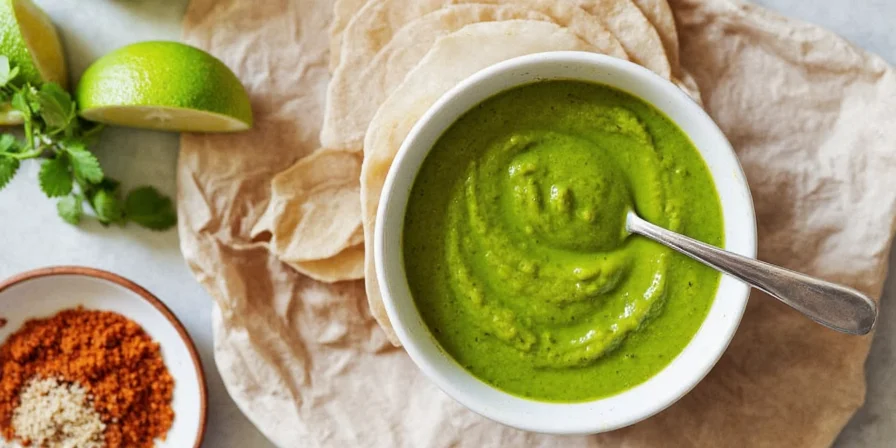
Green sauce transforms tacos through balanced flavor chemistry.
Traditional green sauces often rely on repetitive ingredient patterns, creating flavor plateaus. Modern flavor science reveals that strategic spice pairing unlocks dimensionality by engaging multiple taste receptors simultaneously. This approach solves the common problem of sauces that either overwhelm with heat or lack depth.
True innovation lies in understanding how compounds interact: citrus oils bind with smoky molecules, earthy spices harmonize with herbal notes, and texture modifiers carry flavors evenly. These principles make green sauce the ultimate flavor canvas—customizable while maintaining structural integrity.
Pairing #1: Smoked Paprika + Lime Zest
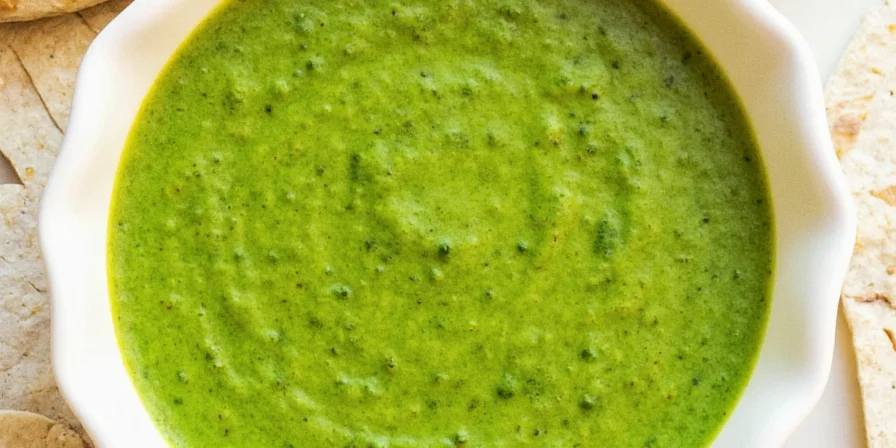
Smoked paprika's depth meets lime zest's brightening effect.
This combination solves the "heat hangover" problem where traditional chilies dominate. Smoked paprika provides complex pyrazine compounds that mimic slow-cooked depth without capsaicin burn, while lime zest introduces limonene oils that cut through richness at a molecular level.
- Why it works: The citrus oils bind to fat-soluble smoke compounds, distributing flavor evenly rather than creating sharp heat spikes.
- Application tip: Add zest during final blending to preserve volatile oils—never cook it.
Ideal for roasted tomatillo bases where you need smoky complexity without overwhelming heat.
Pairing #2: Cumin + Basil
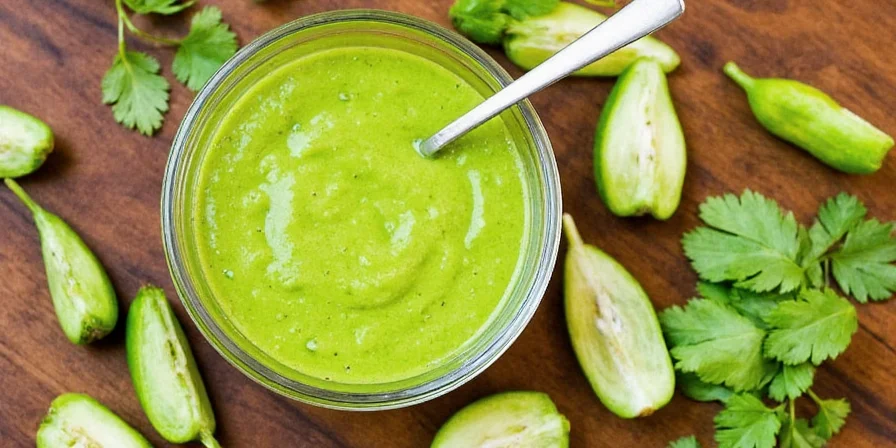
Cumin's earthiness balanced by basil's herbal lift.
Contrary to expectations, cumin's earthy thujone compounds harmonize with basil's methyl chavicol. This pairing creates a flavor bridge between Mexican and Mediterranean traditions while solving the "one-note earthiness" problem common in cumin-heavy sauces.
- Why it works: Basil's volatile oils counteract cumin's potential bitterness through synergistic receptor activation.
- Application tip: Use Thai basil for higher eugenol content that enhances pepper compatibility.
Perfect for cilantro-averse cooks seeking herbal complexity without losing cultural authenticity.
Pairing #3: Turmeric + Thai Chili
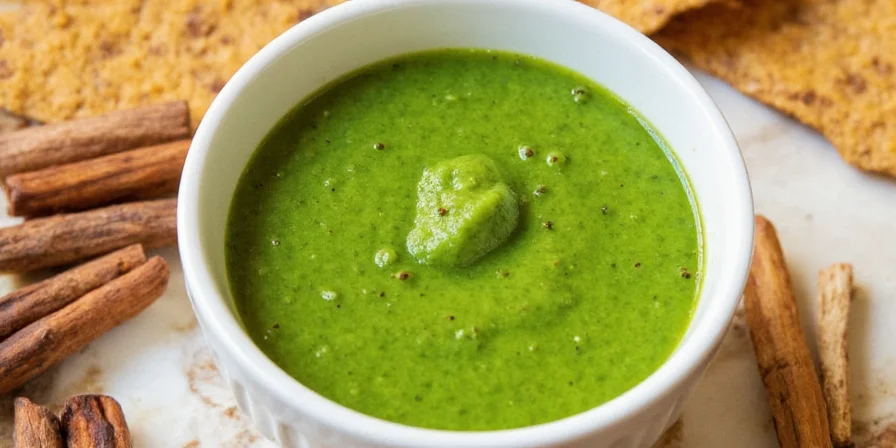
Turmeric's earthiness tempered by Thai chili's clean heat.
This duo moves beyond trend-chasing by leveraging curcumin's fat-soluble properties. Thai chili's capsaicin profile (higher in dihydrocapsaicin) provides cleaner heat that doesn't compete with turmeric's earthy notes—a common flaw in turmeric recipes.
- Why it works: The capsaicinoids in Thai chilies activate different TRPV1 receptors than serranos, creating layered heat perception.
- Application tip: Bloom turmeric in avocado oil first to maximize curcumin absorption.
Exceptional in vegan bases where oil-soluble compounds need proper carrier mediums.
Pairing #4: Sumac + Mint
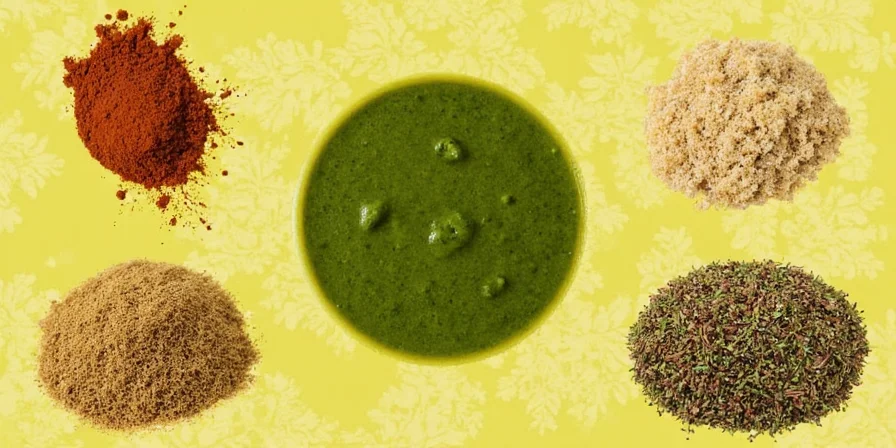
Sumac's tartness balanced by mint's cooling effect.
Sumac's malic acid provides pH adjustment that modern flavor science shows enhances herb retention. Paired with mint's menthol, it creates a temperature illusion that makes sauces feel fresher—solving the "sauce fatigue" problem where flavors dull after initial tasting.
- Why it works: Malic acid binds to sodium ions, reducing perceived saltiness while boosting herbal notes.
- Application tip: Add sumac after blending to preserve its delicate tartness.
Ideal for fish tacos where clean acidity cuts through richness without vinegar's sharpness.
Pairing #5: Szechuan Pepper + Cilantro
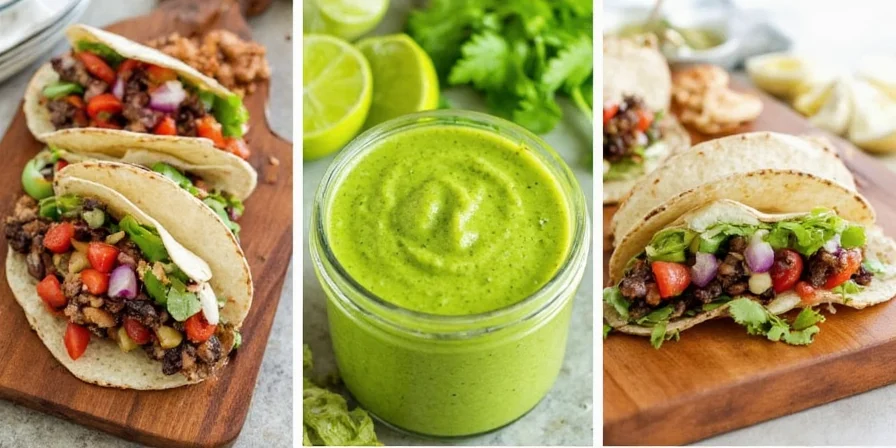
Szechuan pepper's tingle enhances cilantro's freshness.
This pairing exploits hydroxy-alpha sanshool's unique effect on mechanoreceptors. Unlike capsaicin, it creates a vibrational sensation that amplifies cilantro's aldehydes—solving the "flat herbiness" problem where cilantro dominates other flavors.
- Why it works: The tingling sensation temporarily heightens sensitivity to fresh herbal notes through TRPA1 receptor activation.
- Application tip: Toast Szechuan peppercorns briefly to concentrate sanshool without burning.
Transforms standard salsa verde into a multi-sensory experience with minimal ingredient adjustment.
Pro Tips for Flavor-Balanced Green Sauce
| Tips | Flavor Science Application |
|---|---|
| Balance Acidity | Add citrus AFTER blending to preserve volatile top notes that fade with heat exposure. |
| Toast Your Spices | Dry toast releases bound flavor compounds; cool completely before blending to prevent oil separation. |
| Fat = Flavor Carrier | Use avocado oil instead of olive oil—its neutral profile carries compounds without competing flavors. |
| Layer Heat Levels | Combine capsaicin (chilies) with sanshool (Szechuan) for complex heat perception across multiple receptors. |
| Rest Before Serving | 10-minute rest allows hydrolysis to develop deeper flavor compounds from raw ingredients. |
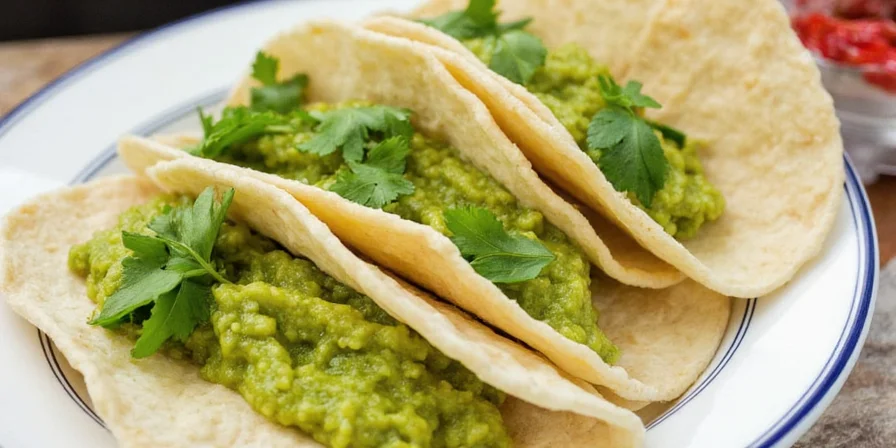
Flavor-balanced sauces follow predictable chemical principles.
Conclusion: The Flavor Chemistry Advantage
Systematic spice pairing creates predictable flavor outcomes.
These pairings succeed because they apply fundamental flavor chemistry—not random experimentation. By understanding how compounds interact at a molecular level, you gain control over outcomes rather than relying on luck. The smoked paprika-lime zest pairing demonstrates how oil solubility affects flavor distribution, while sumac-mint shows pH's role in herb preservation.
Start with one pairing that addresses your current sauce limitations. Notice how the Szechuan-cilantro combo makes heat perception multi-dimensional, or how turmeric-Thai chili creates layered warmth without burnout. These aren't just "weird" combinations—they're solutions to specific flavor challenges.
Remember: Great green sauce balances three elements—heat perception, flavor carrying capacity, and freshness retention. Master these through intentional pairing, and you'll never settle for one-dimensional sauces again.
Frequently Asked Questions
Can I substitute dried herbs for fresh in these pairings?
Yes, but use one-third the amount of dried herbs since drying concentrates volatile compounds. For basil, substitute 1 teaspoon dried for 1 tablespoon fresh. Always add dried herbs during toasting to reactivate oils.
How do I fix a sauce that's too spicy?
Dilute with avocado or full-fat yogurt to bind capsaicin compounds. Acidic elements like lime zest won't reduce heat but will redirect attention to brighter notes. Never add sugar—it creates flavor imbalance.
Why does my turmeric sauce stain containers?
Curcumin binds to plastics. Use glass containers and add oil first to create a protective layer. Staining indicates proper fat-soluble compound activation—essential for flavor development.
Can I use these pairings in non-taco applications?
Absolutely. The sumac-mint pairing elevates grilled vegetables, while Szechuan-cilantro works as a seafood marinade. Smoked paprika-lime zest enhances roasted vegetable dips by providing depth without overwhelming.
How long do these sauces stay fresh?
Most last 3-4 days refrigerated. The turmeric-based sauces last longest (5 days) due to curcumin's natural preservative properties. Always store in airtight containers with oil layer on top to prevent oxidation.

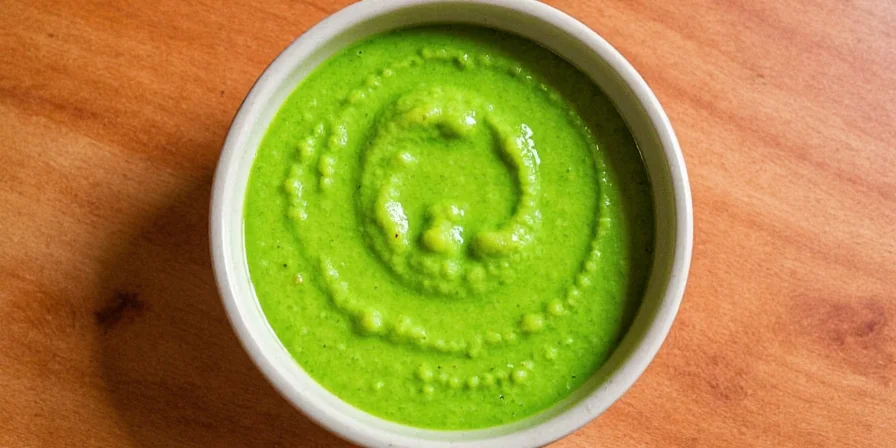









 浙公网安备
33010002000092号
浙公网安备
33010002000092号 浙B2-20120091-4
浙B2-20120091-4